
Written by
Cam Blake
Cam Blake is a leading landscape and wilderness photographer from Tasmania. His work has featured in Australia Geographic, WILD outdoor magazine, Olympus Australia and many more. He lives in Tasmania and conducts multi-day photography tours throughout the beautiful island of Tasmania. Learn more about what Cameron does at his
website.
With your camera in hand, there are so many incredible locations around the world to photograph. However, how do we really get the best photographs out of each location?
Landscape photography is as much about photographing beautiful places as it is about exploring and experiencing the wonders of the world around us. In this article, I will explain how to get the best results from your landscape photography using a variety of resources available in our modern world.
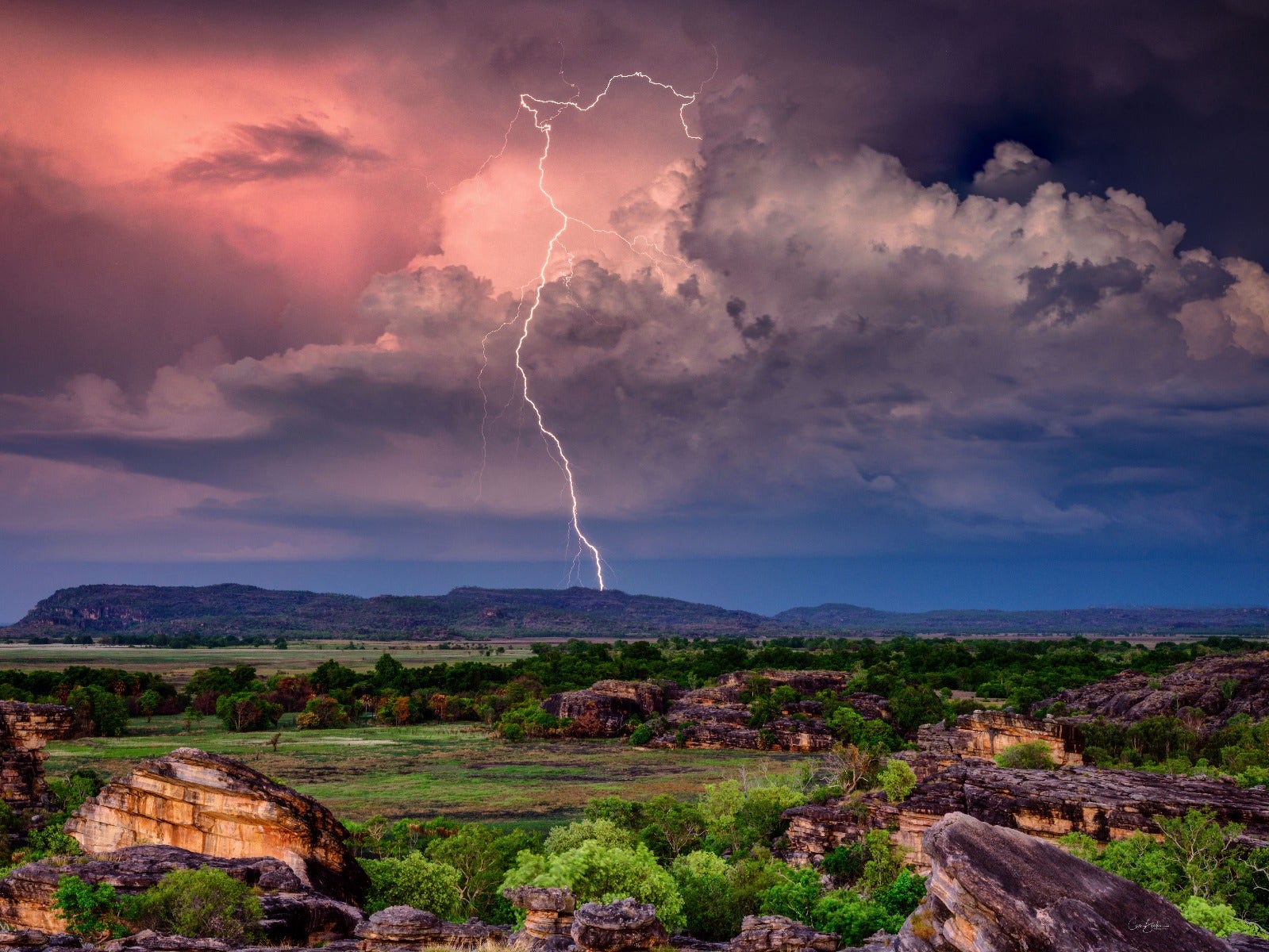
Have you ever noticed that the best landscape photographers always seem to get amazing photos every time? This is not a fluke, and professional landscape photographers will often spend days or months planning their shots before they even get to the location. With an abundance of online resources these days, we are lucky to have so much available information to help us plan and execute our shots to near perfection. Below I will outline some of the best online resources that I use before visiting a location.
Google Maps
Maps are obviously brilliant for scouting locations, especially if the location is remote and requires a long hike to reach. Using Google maps - or any online map service - will allow you determine the best place to shoot, angle of sunrise and sunsets, prominent geographical features and ease of access to your location. A word of warning though, if you are visiting remote places do not rely on your phone or Google Maps to navigate. You need to be aware of is to ensure that you have physical maps and/or non-phone based GPS tools in case you get to an area with no service. Also, always let someone else know where you are going.
Apps
Applications available on smart phones and tablets are another important tool to plan your shoot. My favourite is Photo Pills, which is a comprehensive application that allows you do a complete pre-trip plan of your shoot. It has access to maps, sun/moon times, Milky Way and Galaxy positions in the sky and even shadow angles. Along with all these tools, Photo Pills also has an incredible level of assistance for camera settings, lens choices, depth of field calculations, hyper-focal length details and so much more. It is well worth a look at.
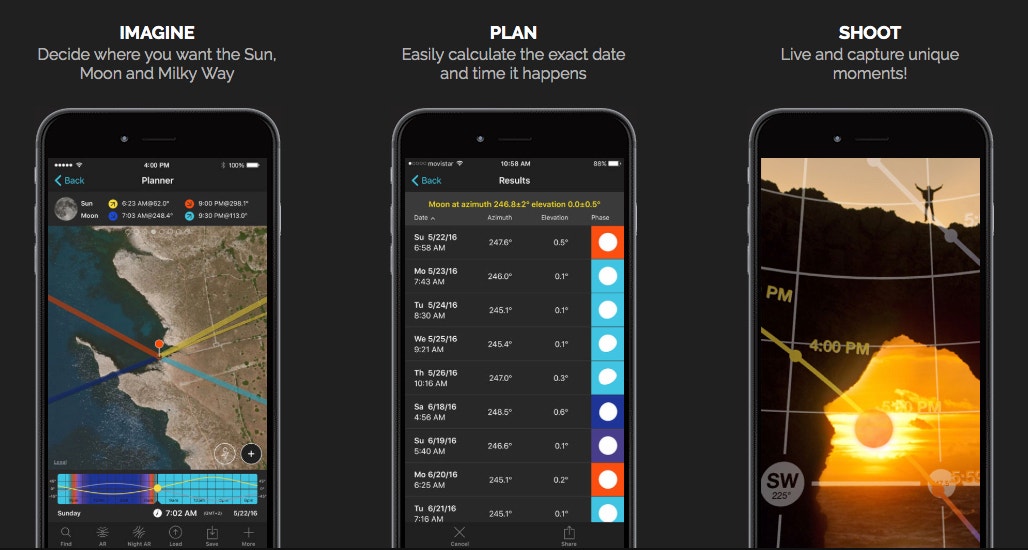
Image courtesy of Photo Pills
Weather Information
One extremely important factor in a brilliant landscape photograph is the accompanying weather. In my opinion, understanding weather patterns is one of the best tools you can equip yourself with if you want to improve your landscape photography. Watch for weather patterns during each season of the year and keep an eye out for dramatic weather to go shoot in. Get in the habit of taking note of what weather conditions occur before, during and after a weather event. A common example can be found in forest or mountain scenes. After a rain shower, it is very common that the sun will break through, which will cause mist to rise from the treetops and mountaintops. With the correct timing and understanding of the scene, you can position yourself ready to take that shot after the rain has cleared. You can see an example of this in the image I shot below.
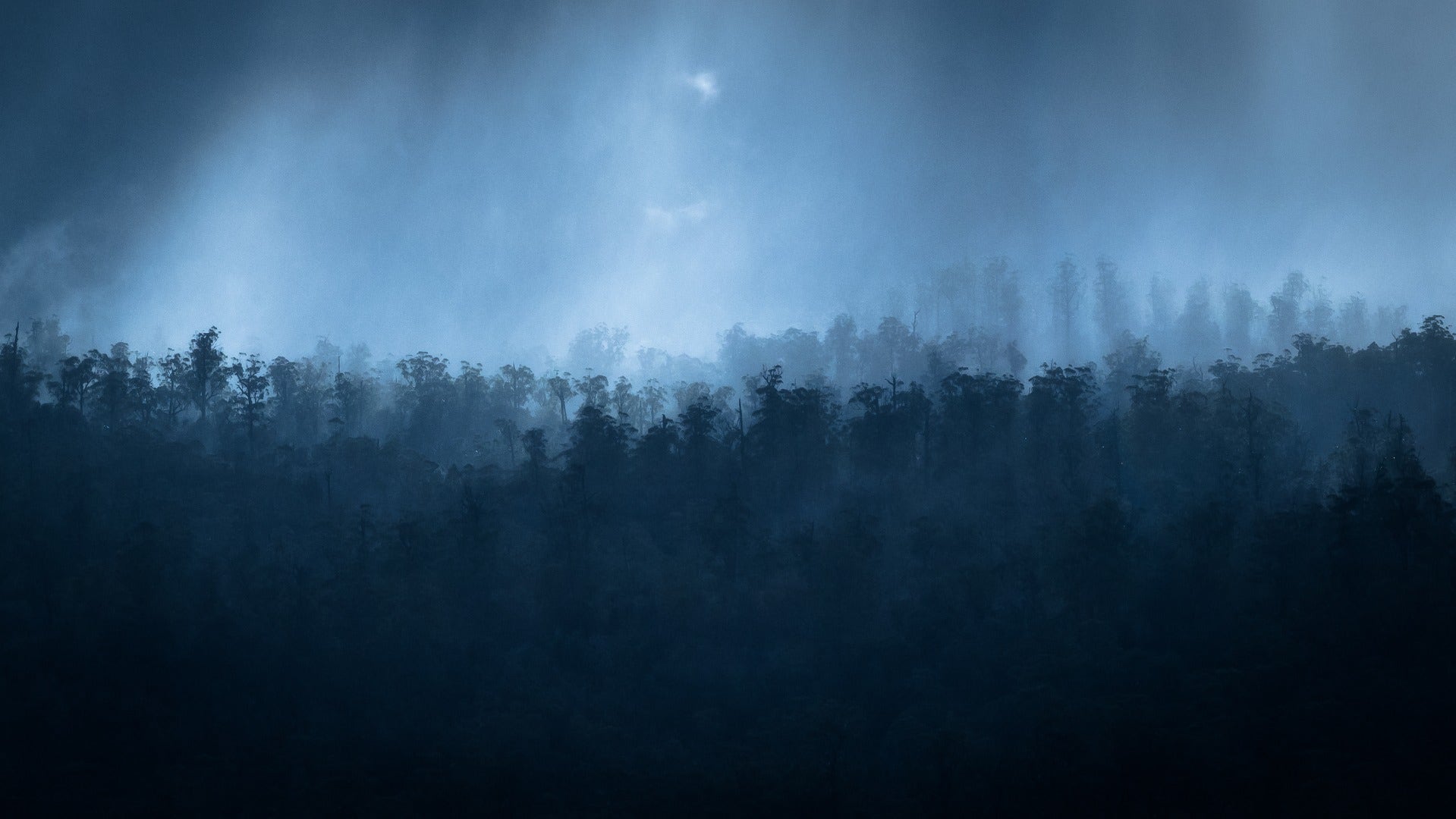
Taking advantage of weather patterns can lead to much more dramatic images
Google Images
I do it. You do it. We ALL do it. Searching the internet (and specifically Google Images) for inspiration is a great way to inspire yourself. But not only that, is also a fantastic way to research and start to create your plan to shoot a certain location. I live in Tasmania, where we have Cradle Mountain National Park, which is one of Australia's most popular locations for photographers. Spend some time online searching images of your prospective locations; see how other photographers have shot that scene. This allows you to both look for possible new angles to compose your shot, as well as know what the most common images look like - to make your photo stand out you want to shoot it in a way that hasn't been done hundreds of times already! Taking note of what time of day the images look best will give you some insight for planning your visit. At Cradle Mountain, there is a real sweet spot in the morning and afternoon when the sun filters into the region and bathes the mountain in incredible light, but you would have to know this in advance to take advantage of it. This approach is incredibly important and works for all locations around the world.
Social Media
Along with a plethora of images available to view on social media, it is actually a great place to gain motivation and inspiration for your landscape photography. Instagram is an excellent source of imagery. The use of hashtags (#) also makes researching locations very easy. Use the most common hashtag from your chosen location and start your research. You will start to see images taken from different angles and perspectives - factor this into your planning. What angle to you want to approach the image from, and how will you get there? Again, always take note of what time of day or year these photos have been taken, note the composition and angles utilised, and determine which weather patterns bring the location to life. Some locations look best during a sunny summer day, others come alive in winter with snow, and some more dramatic locations may even look best in stormy weather. Being able to view these different situations in advance can be extraordinarily helpful to nail your perfect shot.
Time of Day
As discussed in the previous notes, time of day is easily one of the most important aspects of creating beautiful images of your chosen location. If you arrive at your location in the middle of the day, the harsh midday sun will likely not help you capture the best representation of the landscape. Remember to take advantage the golden hours of the day during early morning and late afternoon. This will make your chances of capturing beautiful landscape images so much easier and your success rate will increase with every visit.
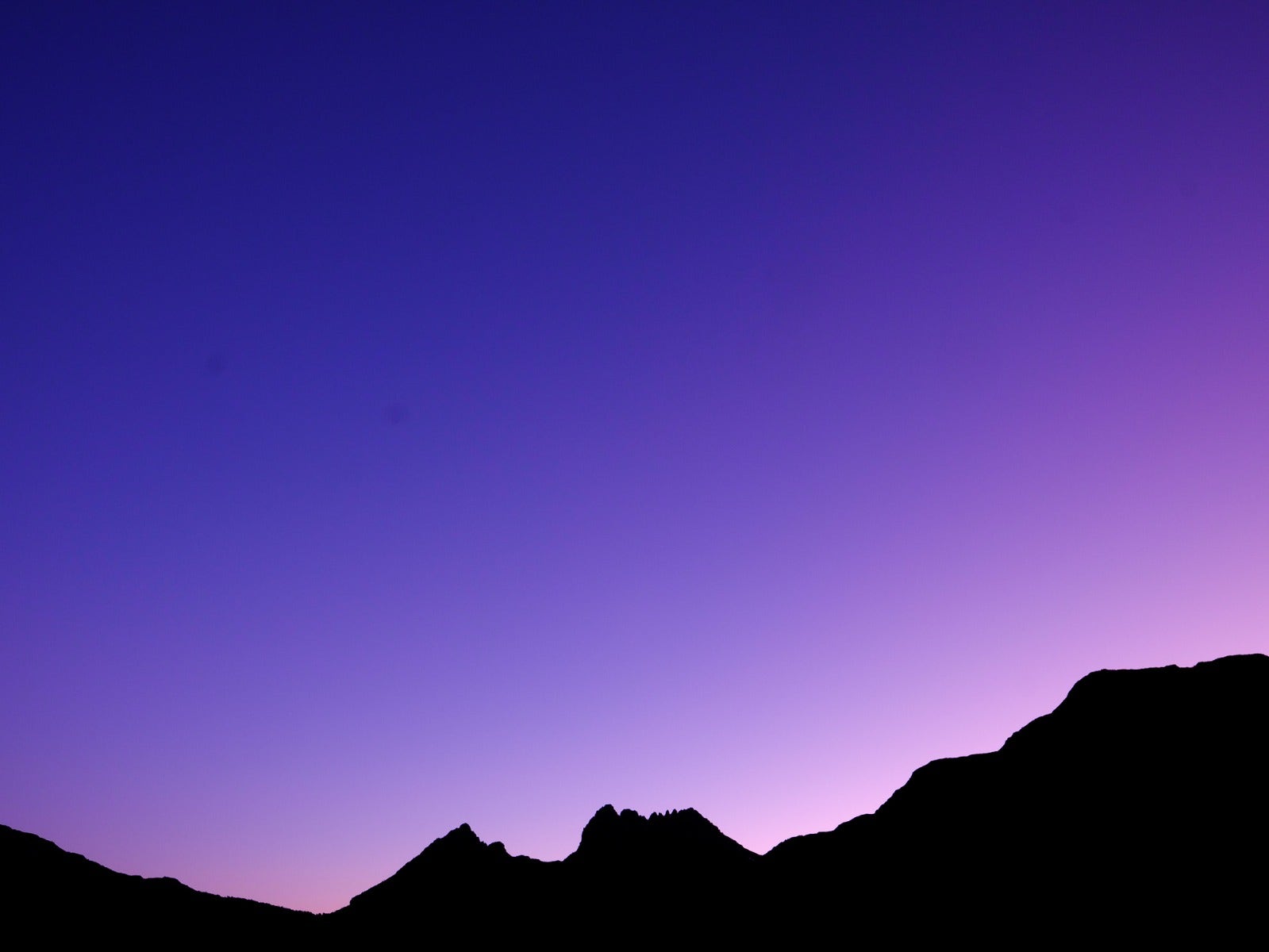
Careful time of day planning can lead to interesting lighting
Drive By
The final tip is to utilise good old-fashioned drive-by scouting. It's very common that I will be driving past a location and notice a certain element, or a specific time of day where the light just works. Use those travel trips to scout new and usually unknown locations along the way. It's also not uncommon to visit a location when you know the timing isn't perfect just so you have a chance to take some test shots. Sometimes the window of prime lighting is extremely small (i.e. sunsets), so taking test shots in advance means you know exactly what you want to shoot during the critical time period. Then you can come back when the time is right and smash the shot!
Above all, the one thing to remember when scouting and shooting locations is to ensure that you respect the environment. Choose locations that will not require bush bashing or trampling over sensitive grounds. Be mindful of cultural significance of locations, unique and sensitive flora and fauna, respect local National Park and government policies/laws, and be mindful of other photographers who are also enjoying Mother Nature.
Happy Shooting!
All images courtesy of Cam Blake.
Interested in contributing to the digiLife blog? Email community@digidirect.com.au with the subject line "digiLife Contributor", and include links to your photography portfolio and a writing sample.













































































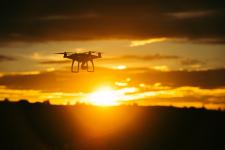
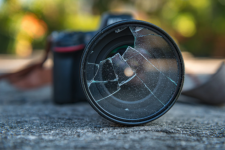
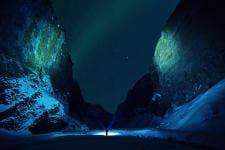
Comments
No Comments yet. Be the first to comment.